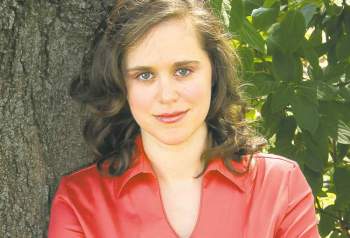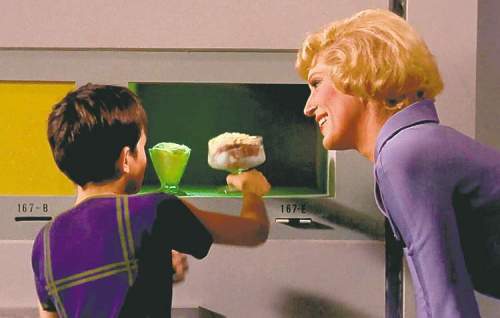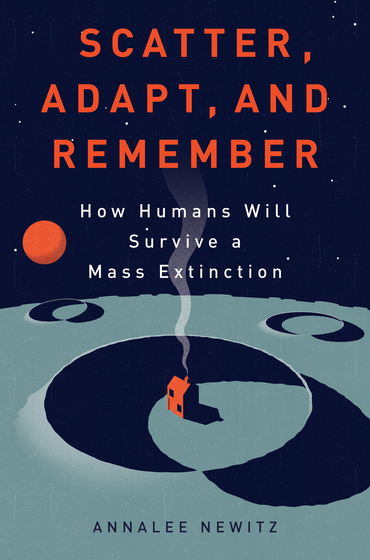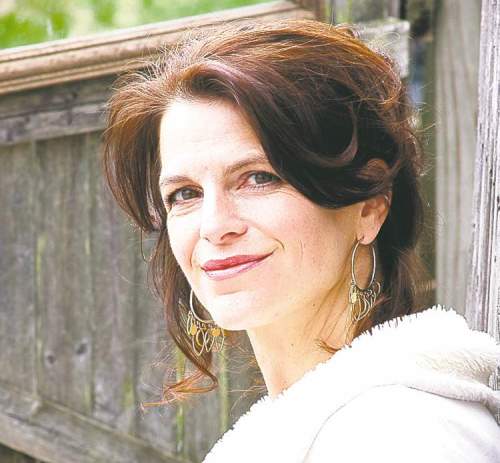FYI
New in Paper
1 minute read Saturday, May. 25, 2013A Thousand Farewells
By Nahlah Ayed (Penguin, $18)
THE former Winnipegger's memoir takes us from her childhood in a Palestinian refugee camp to her experiences as a CBC foreign correspondent.
Advertisement
Christians to offer apology at Gay Pride Parade
3 minute read Saturday, May. 25, 2013"I'm sorry."
That's what a group of Winnipeg Christians will be saying from the sidelines on June 2 during the annual Gay Pride Parade.
"Christians have caused a great deal of harm and alienation for people in the LGBT community," says Jamie Arpin-Ricci, pastor of Little Flowers Church in the city's West End and organizer of the Winnipeg I'm Sorry campaign.
"As Christians we have done wrong, and we want to say sorry," he says. "This is one way of making an unqualified apology and publicly committing ourselves to do better."
Vatican spokesman attending St. B diocesan gathering
4 minute read Preview Saturday, May. 25, 2013Guys who cry
8 minute read Preview Saturday, May. 25, 2013Overheard
2 minute read Saturday, May. 25, 2013Rob Ford: T.O. superhero
'Maybe he's cleaning up the city by smoking all the crack in it. You're next, prostitution rings.'
-- Daily Show host Jon Stewart, weighing in on Toronto Mayor Rob Ford's crack cocaine-video scandal.
One true thing
Looking for a Lincoln
10 minute read Preview Saturday, May. 25, 2013Crave some pizza? Hit print
5 minute read Preview Saturday, May. 25, 2013Flower power
3 minute read Preview Saturday, May. 25, 2013PAPER CHASE: Grant helps Bergen write new novel
3 minute read Preview Saturday, May. 25, 2013Energetic, lucid Black still praises Nixon
4 minute read Preview Saturday, May. 25, 2013Avec les monstres
3 minute read Preview Saturday, May. 25, 2013Humanity will survive, even as things ‘get weird’
3 minute read Preview Saturday, May. 25, 2013Sky-high balloons anchored to earthly history
4 minute read Preview Saturday, May. 25, 2013Anything seemed possible, even talking to the dead
4 minute read Preview Saturday, May. 25, 2013Faith Briefs
4 minute read Saturday, May. 25, 2013Announcements for Faith Briefs must be in our office by Monday, 4 p.m., prior to the intended date of publication. Due to space restrictions, publication is not guaranteed. Please post information on website: http://wfp.to/events
-- The Art of Manifesting (Bringing Abundance Into Your Life) Spiritualist Fellowship Church, 300 Arlington Street at Portage Ave., every Monday until May 27, We will discuss and demonstrate Fundamentals of the Spiritualist philosophy, mediumship, and spiritual healing, Spiritualist Fellowship Church, 204-222-0071, $40.
Engaging story has hope for human nature
3 minute read Saturday, May. 25, 2013ON the last day of Christmas holidays, an 11-year-old boy in Montreal finds out his parents are splitting up.
Hurt and bewildered, he prays to the sky to help him. The next day an ice storm begins. The boy, his family and their neighbours find their lives permanently altered by the devastating ice storm of 1998.
This first book by French-born Montrealer Pierre Szalowski is a lighthearted novel with a touch of magic realism: the boy (who's never named) believes he caused the storm, and his friend Alex eventually believes this, too.
First published in French in 2007, it's now being released in English in Canada and the Anglophone Canadians will have the odd experience of reading a story, set in Canada, told in British-inflected English -- for example, translator Alison Anderson, apparently an American, uses "face flannel" for washcloth, "mobile" for cellphone and "flatmate" for roommate.
LOAD MORE













